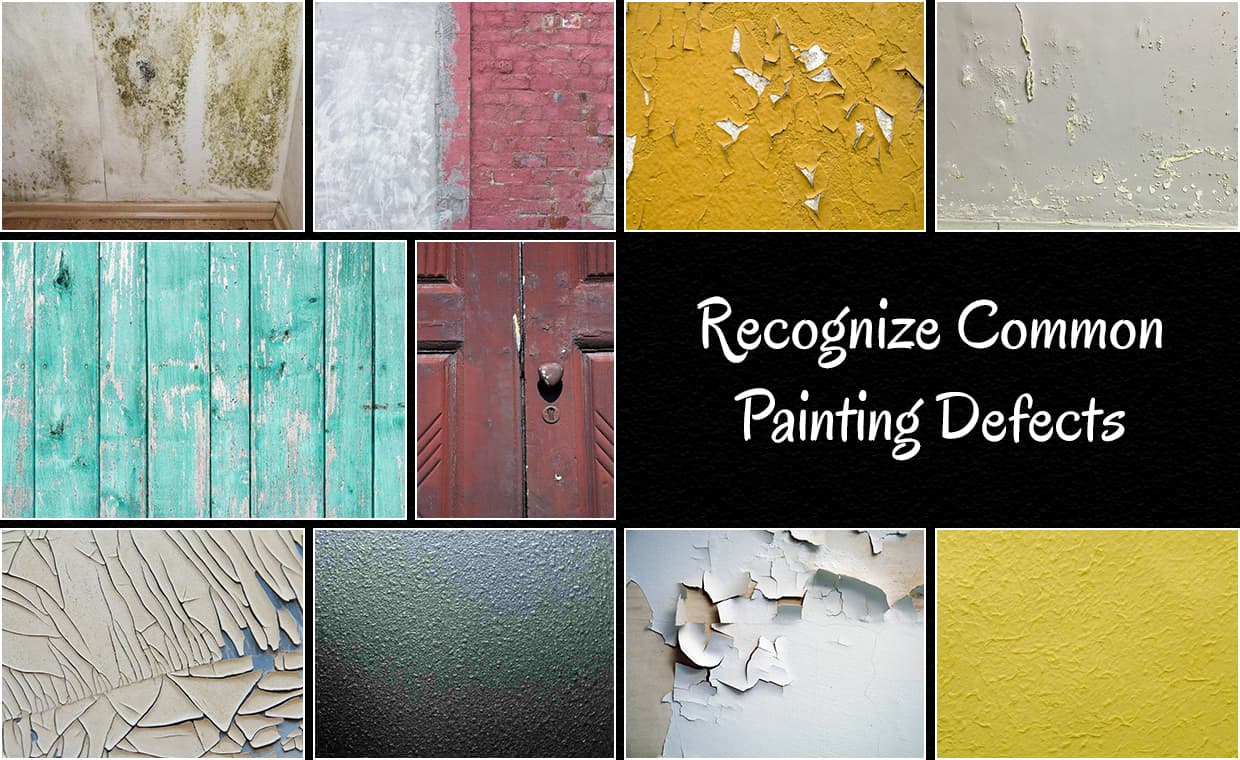
Once you paint, several defects are observed. Most of the common defects are listed below. The defect arises as paint film is subjected to chemical attack of atmosphere, sunlight, dust, and heat, all deteriorating it. The defect may also arise due to poor workmanship or poor material used.
Defects
Description
01. Algae/Fungus Growth
Algae and fungus can grow when the surface is continually damp and dirty. Insufficient fungicide/ algaecide in the paint can also worsen the situation.

02. Bittiness
Bittiness is a condition in which small particles projects themselves out on the surfaces of the film of paint or varnish yielding a rough surface. Bittiness is mainly caused due to dirty brushes, dirty surface, dusty atmosphere, and also by stirring skin in the paint.

03. Bleaching or Saponification
New plastered surfaces (cement based) are highly alkaline and react with binders used in oil-based paint. This leads to Saponification, which further leads to discoloration (called bleaching due to alkali action), softening and running of paint film. The film tends to become a sticky mass and is easily washed down by water.
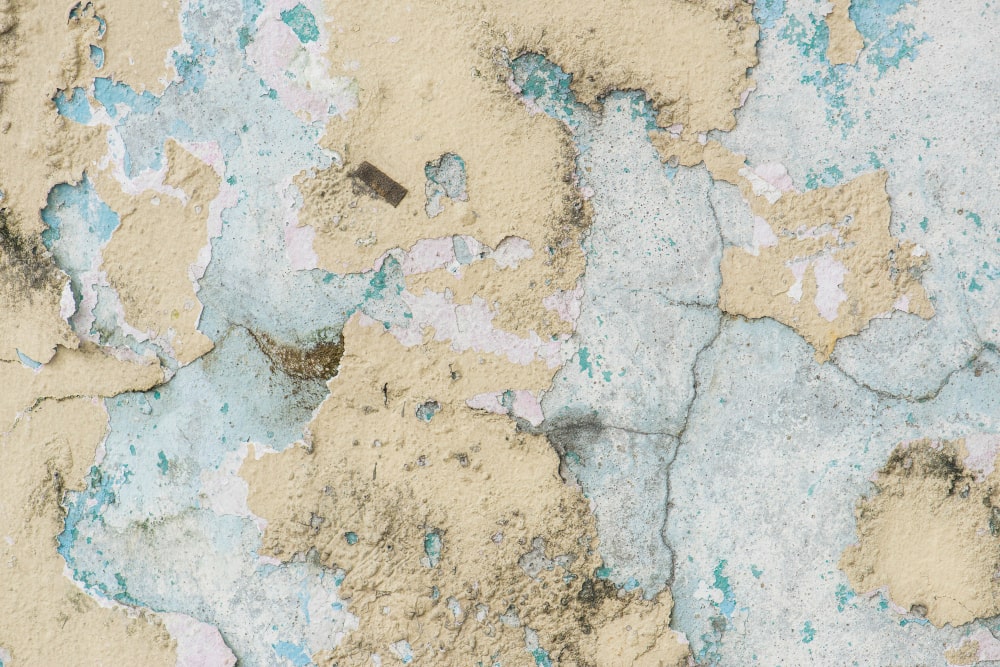
04. Bleeding
The process of bleeding known as diffusion of a soluble coloured substance from a substratum, into and through a paint or varnish coating from beneath. Consequently it produces undesirable staining or discolouration.

05. Blistering
Blistering is known as the formation of dome-shaped projections in paint or varnish films due to localised loss of adhesion between one or more coatings or between primer and parent surface.
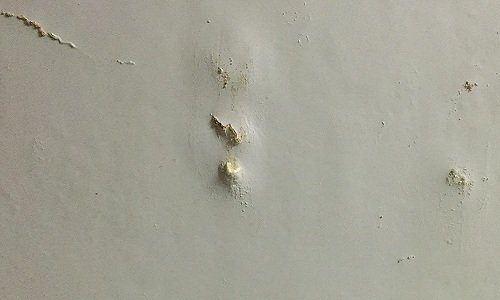
06. Blooming or Blushing
Blushing & Blooming are usually described as the appearance of a whitish substance on a surface of varnish or enamel. They are two different processes to some extent. They both generally occur due to rapid evaporation of solvent or the presence of excessive moisture during painting.
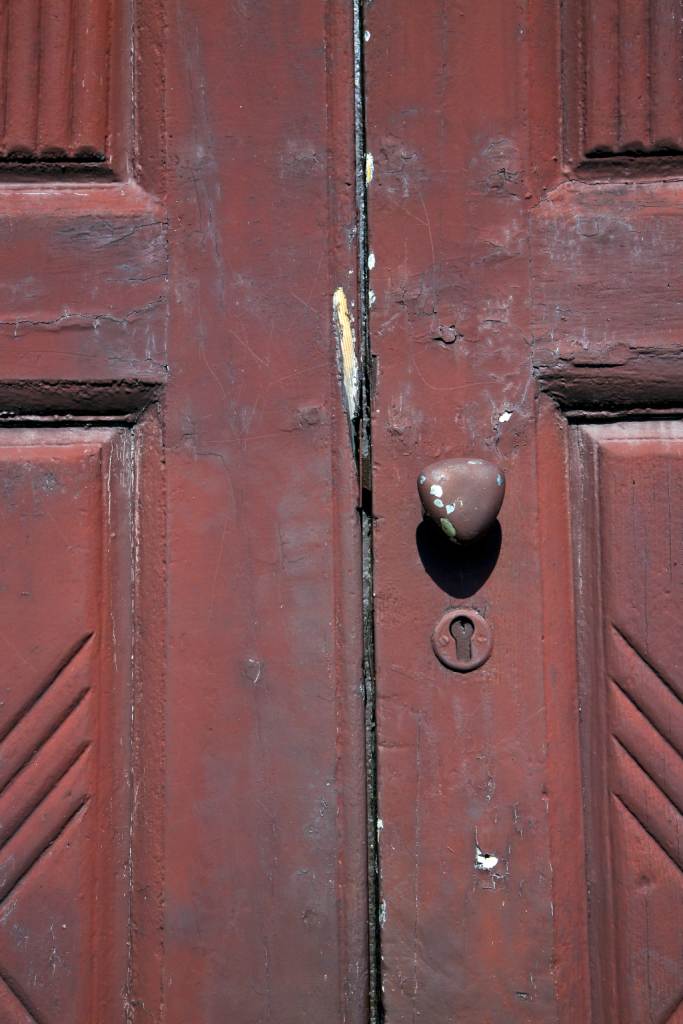
07. Brush Marks
Brush marks are many times visible on final coat. When paint is applied on surface with brush sometimes bristle marks get appears. Sometimes these bristle marks are deep and permanent on the painted surface.

08. Chalking
The formation of a white, chalky powder on the surface of paint film is known as “chalking”. It simply means, once the chalk like substances (white patches on the surface) become visible on the painted surface then paint film turns into powder form.
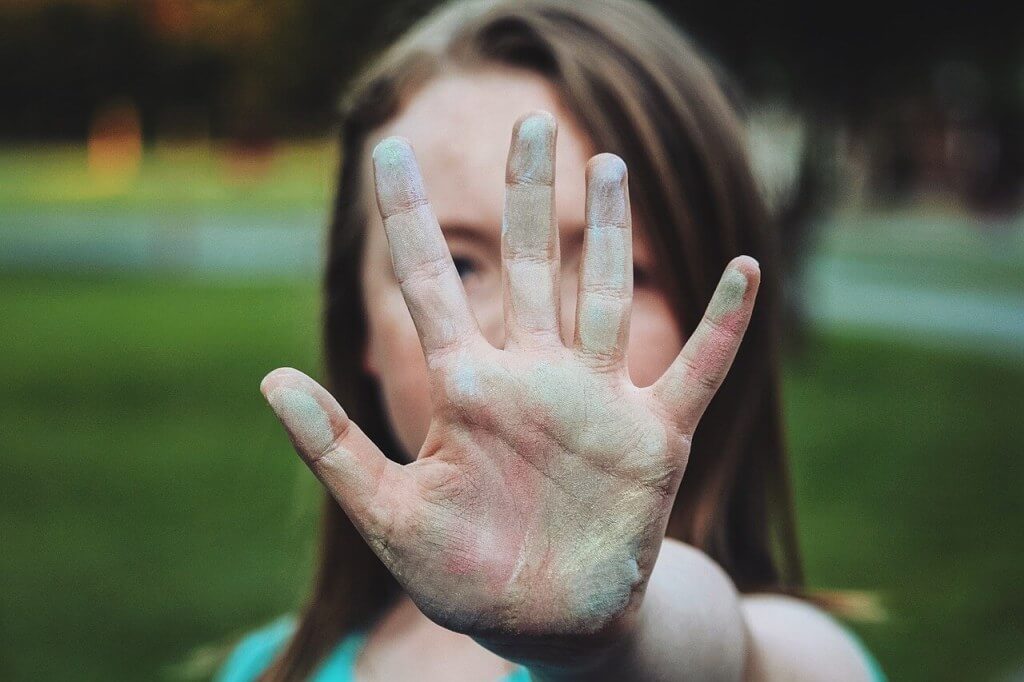
09. Cracking
It is the chipping of paint film which is due to the cracks developing throughout the entire paint system and extending right down to the original surface. Cracking is often visible on both exterior & interior surfaces. Cracking in paint mainly occurs due to lower quality paint as it contains an inadequate adhesion and flexibility.
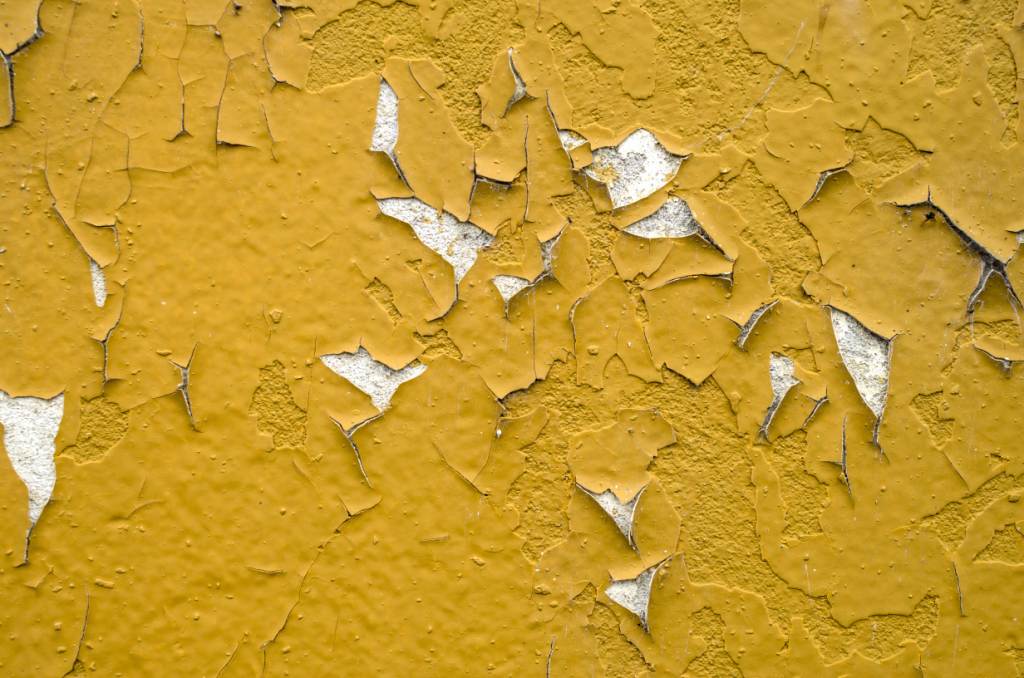
10. Efflorescence
Efflorescence is usually defined and illustrate crystalline (powdery) deposits, usually white in colour that sometime form on the surface of brickwork, plaster work masonry, and other concrete type structures. It occurs due to the presence of water or moisture in substrate of building materials.

11. Flaking
The most common causes of flaking in paint are moisture underneath the coat and also paint applied over oil, dirt, grease or onto a poorly prepared, powdery surface. Flaking simply means it is the detachment of paint film from the underlying surface in the form of flakes or scales.
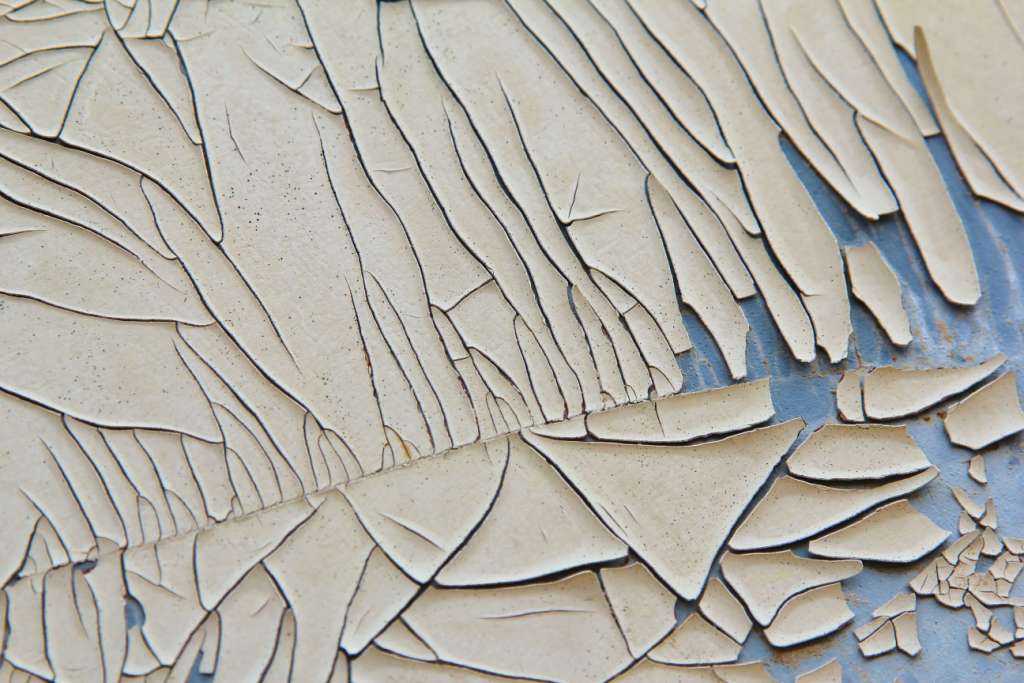
12. Patchiness
Patchiness is known as the uneven finish or scratch like things appearing on the putty-applied surfaces. It is caused due to the highly absorbent nature of the surface and presence of foreign matters in the putty leads to this defect.
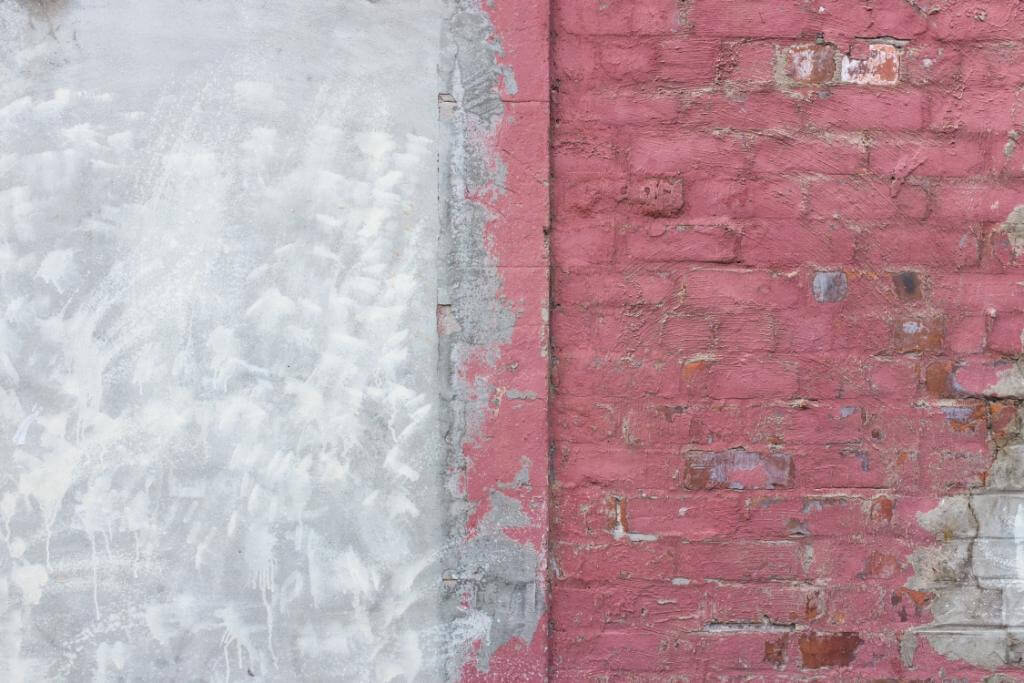
13. Peeling
Peeling of paint occurs on walls as well as on wooden or metal surface. It is the swelling of paint film that is due to localised loss of adhesion between one or more coatings or between primer and parent surface and moisture on the surface.

14. Sagging
Sagging is more prominent if a thick layer of paint is applied on a vertical or inclined surface. It is define as downward movement of the paint film between the time of application and drying resulting in an uneven coating.

15. Wrinkling
Wrinkling can be defined as the surface of the paint which wrinkles and gathers together when thick coat of paint is applied. It forms film like undulating waves on the painted surface.

































